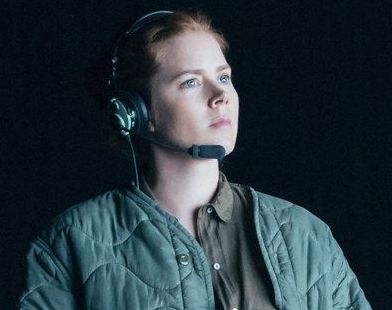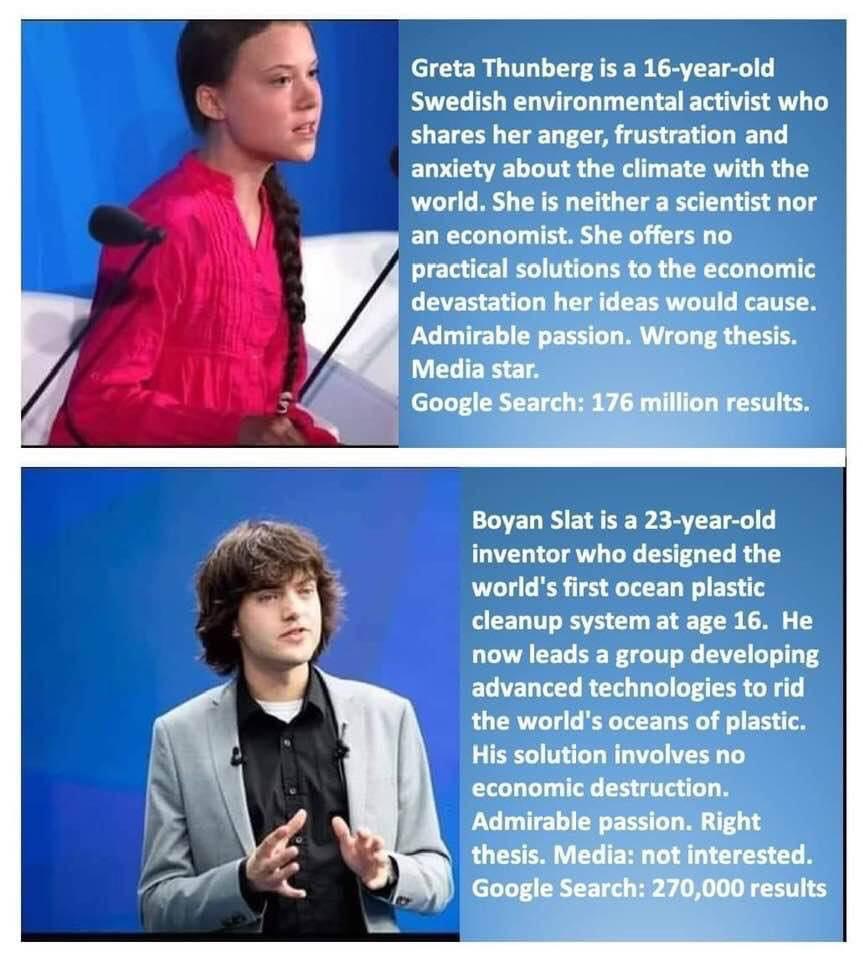Forget everything you thought you knew about boiling and freezing, thanks to these MIT scientists.




If you’d like to finish off the year with a clear conscience, we’ve found the ideal eco-friendly charter yacht for your upcoming holiday voyage. Known as E, the 60-foot electric catamaran will hit the waters this December and promises a sailing experience that’s both luxurious and low impact.
Sail the Seven Seas guilt-free.





These days, it seems like every brand is trying to leverage machine learning to imbue their products with special powers — and, most importantly, make an extra buck in the process.
But does your next electric toothbrush really need a dose of AI? Oral-B’s says its new $220 electric toothbrush, called “Oral-B GENIUS X with Artificial Intelligence,” will leverage data from sensors inside the brush head and Bluetooth to deliver AI-derived brushing tips through an app. The future is now, huh?

It’s well known that tadpoles are able to regrow their tales if they are injured or bitten off by a predator. Now, Russian researchers have identified a gene that is one of the key drivers of this remarkable ability.
